Journal Contents
Copper and arsenical copper artefacts from prenxiragic Sardinian cultures
Giuliana Demiirtas
Pages 1-6
Due to its geographical position and numerous ore deposits, Sardinia played a significant, though still not completely defined, role in prehistoric metallurgy in the Mediterranean area. Up to now the most ancient metal production and working phases, where copper and the first alloy (copper-arsenic) were used, have not been documented archaeometrically, but only deduced from archaeological evidence. In this paper the results of the characterization of a first series of eleven finds (weapons) dating to the prenuragic era are presented. Analyses show five of the finds to be made of copper while the other six are arsenical copper with an arsenic content of up to 7%. Based on the microstructural characterization (SEM plus EDS and optical metallography), the possible ore provenance as well as the metal working techniques presumably used are discussed. The lead isotope composition of some of the weapons suggests that two arsenical copper swords of ‘argaric’ workmanship might have been made from Sardinian ores, while for a copper spearhead Cypriot-type ores might have been used.
Bronze Age copper mining in mid Wales - fact or fantasy?
David Bick
Pages 7-12
A current assumption is that mines in mid Wales dated to the Bronze Age were exploited for copper minerals. The possibility of Bronze Age mining of lead or lead/silver ores is explored. The possibility that the ores were not intended to be smelted to metal is also considered.
Crucible steel of Ghattihosahalli, Chitradurga District, Kamataka, southern India
T R Anantharamu, P T Craddock, K Nagesh Rao, the late S R N Murthy and
M L Wayman
Pages 13-25
A large slag heap exists in the vicinity of Ghattihosahalli village in the Chitradurga district in the state of Kamataka in southern India. The heap has been studied by mapping and sampling, followed by the examination and analysis of the ores, slags and the associated fragments of iron and crucible steel found in it to give more information on the in-situ carburisation process of making crucible steel. It is recorded that crucible steel was manufactured in GhattihosahaUi in the last part of the 19th century. The slag heap, and the furnace remains that it covers, are amongst the most substantial remains of the crucible steel process to survive. It is hoped that bringing the remains at Ghattihosahalli to the attention of an international audience will provide support for its preservation as a National Monument.
Crucible steelmaking in Sri Lanka
M L Wayman and G Juleff
Pages 26-42
Early Arab literature, travellers’ accounts and ethnographic studies point to Sri Lanka as a traditional source of high quality steel, which would have found a ready market as a raw material for the manufacture of tools and weapons, including the so-called Damascus swords. The present work concerns the analysis of a find of Sri Lankan crucible steel collected from the village of Mawalgaha, the site where Coomaraswamy, in 1904, witnessed and described the process by which crucible steel was traditionally manufactured. Also studied were a collection of blacksmiths tools, along with several iron blooms which are beheved to be melting-stock for crucible steelmaking. The morphology and microstructure of the high-carbon steel ingots are consistent with products expected of the local crucible steelmaking process, and also explain the processing requirements for the material. Similarities between the blooms and the ingots support the suggestion that the blooms are indeed raw materials for the crucible steehnaking process. The smithing tools were found not to have been made from crucible steel. The recent find of a mid-to-late first millennium AD crucible steelmaking site shows that the industry has a long history in Sri Lanka, but the ultimate use for the crucible steel which was produced remains unclear. One possible interpretation of the evidence available to date is that crucible steehnaking may never have been a major industry in Sri Lanka, and that the island’s reputation for high-quahty steel arose from the wind-powered smelting technology which has also been shown to be capable of producing high-carbon steel.
The Violin Plant at the Steel Company of Wales
Peter Hutchison
Pages 43-56
An increase in the rolling capacity at the Port Talbot works meant that additional steel could be made. The timing of this increase meant that a unique plant was installed which produced steel with an exceptionally low nitrogen content. This paper is a description of that plant.
![[Test] The Historical Metallurgy Society](https://test.historicalmetallurgy.org/wp-content/uploads/2020/02/Logo120.png)
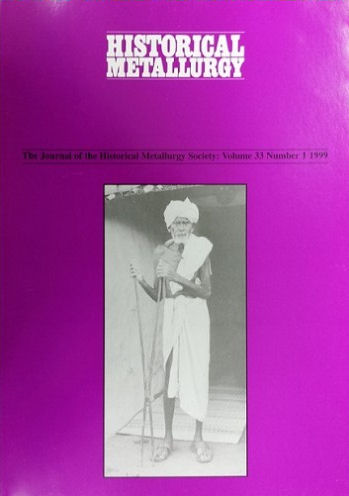
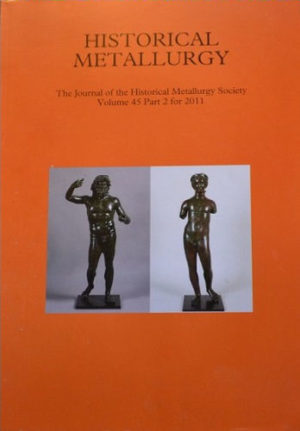
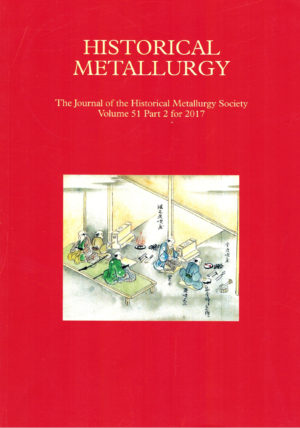
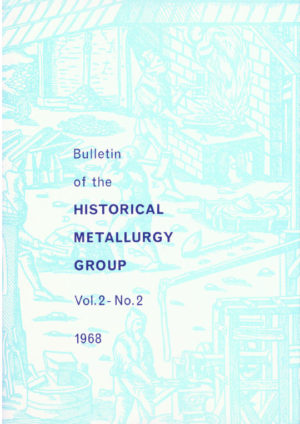
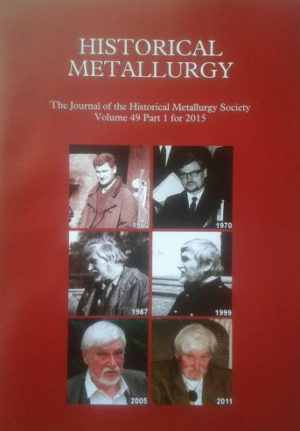
There are no reviews yet.